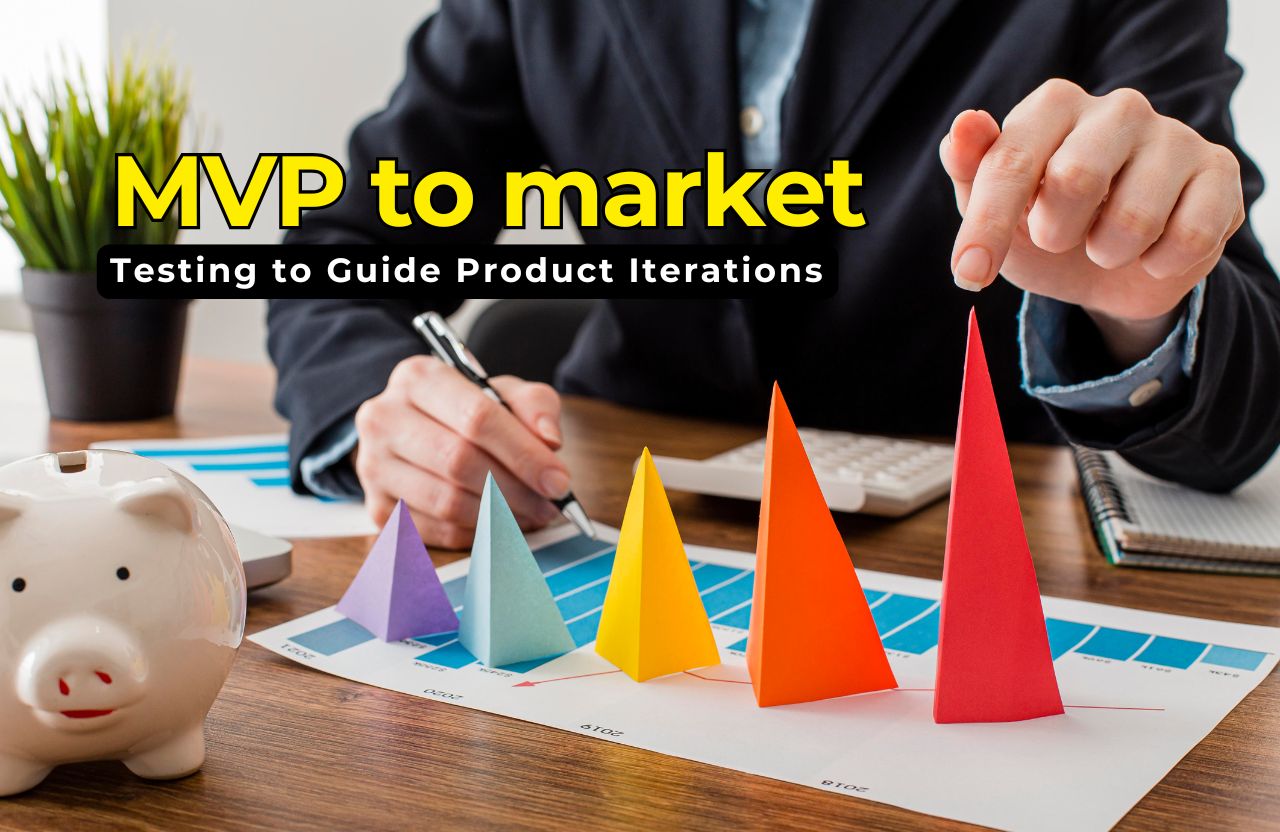Data privacy has become a paramount concern for individuals and organizations in today’s interconnected digital landscape. With the increasing volume of external traffic flowing into networks, ensuring robust measures for managing and safeguarding data has never been more critical. This blog will delve into the best practices for secure external traffic management, offering insights and strategies to uphold data privacy effectively.
Understanding the Importance of Data Privacy
Data privacy encompasses the protection of sensitive information from unauthorized access or disclosure. In the context of external traffic management, it involves safeguarding data exchanged between external sources and internal systems. With cyber threats on the rise, maintaining stringent measures to uphold data privacy is imperative to mitigate risks and uphold trust.
Implementing Encryption Protocols
Encryption serves as a cornerstone for data privacy by converting information into a secure format that can only be accessed with the appropriate decryption key. Implementing robust encryption protocols, such as Transport Layer Security (TLS) or Secure Socket Layer (SSL), ensures that data transmitted over external channels remains confidential and integral. Organizations can thwart potential interception attempts by encrypting external traffic and safeguard sensitive data from unauthorized access.
Utilizing Virtual Private Networks (VPNs)
Virtual Private Networks (VPNs) create a secure, encrypted connection between remote users or networks and the organization’s internal infrastructure. Organizations can establish a secure communication channel by routing external traffic through VPN tunnels, thereby minimizing the risk of data interception or eavesdropping. VPNs not only enhance data privacy but also enable employees to access internal resources securely from remote locations, bolstering productivity without compromising security.
Implementing Access Controls and Authentication Mechanisms
Access controls and authentication mechanisms play a pivotal role in safeguarding data privacy by ensuring that only authorized users can access sensitive information. Implementing robust access control policies, such as role-based access control (RBAC) or multi-factor authentication (MFA), helps prevent unauthorized access to critical systems or data. By verifying the identity of users and enforcing granular access permissions, organizations can mitigate the risk of data breaches resulting from compromised credentials or unauthorized access.
In the context of ensuring secure external traffic management, implementing robust measures such as Kubernetes Ingress can streamline and enhance the routing of external traffic to Kubernetes services while maintaining data privacy and security.
Employing Intrusion Detection and Prevention Systems (IDPS)
Intrusion Detection and Prevention Systems (IDPS) monitor network traffic for suspicious activities or potential security threats. By analyzing incoming and outgoing traffic patterns, IDPS can detect and respond to unauthorized access attempts, malware infections, or other malicious activities in real-time. By deploying IDPS solutions, organizations can proactively identify and mitigate security threats, thereby fortifying their external traffic management infrastructure and preserving data privacy.
Regularly Auditing and Monitoring External Traffic
Regular auditing and monitoring of external traffic are essential components of a robust data privacy strategy. By continuously monitoring network traffic logs, organizations can identify anomalies, unauthorized access attempts, or suspicious activities promptly. Conducting regular audits helps ensure compliance with data privacy regulations and industry standards while enabling organizations to proactively identify and address potential security gaps or vulnerabilities.
Embracing Zero Trust Architecture
Zero Trust Architecture (ZTA) represents a paradigm shift in cybersecurity, advocating for the principle of “never trust, always verify.” Unlike traditional perimeter-based security models that rely on implicit trust, ZTA adopts a more granular and dynamic approach to access control, requiring continuous authentication and authorization for every user and device attempting to access resources, regardless of their location or network environment.
Implementing Endpoint Security Measures
Endpoints, including laptops, smartphones, and IoT devices, represent potential entry points for external threats. Implementing robust endpoint security measures, such as endpoint detection and response (EDR) solutions, antivirus software, and device encryption, is crucial for protecting against malware, unauthorized access, and data exfiltration from external sources.
Conducting Regular Security Training and Awareness Programs
Human error continues to be a primary driver of data breaches. Implementing routine security training and awareness initiatives for employees nurtures a culture of cybersecurity vigilance throughout organizations. These initiatives empower individuals to proactively identify and address potential threats, bolstering the organization’s overall security posture. By educating employees about phishing attacks, social engineering tactics, and best practices for data handling, organizations can significantly reduce the risk of data privacy incidents stemming from human error.
Implementing Robust Incident Response Plans
Despite the best preventive measures, security incidents may still occur. Implementing robust incident response plans ensures organizations can respond promptly and effectively to security breaches or data privacy incidents. These plans should outline clear procedures for incident detection, containment, mitigation, and recovery, along with designated roles and responsibilities for key stakeholders. Establishing a well-defined incident response framework enables organizations to minimize the impact of security incidents and uphold data privacy and integrity effectively.
Conclusion: Safeguarding Data Privacy Through Comprehensive Measures
In an era characterized by increasing digital connectivity and sophisticated cyber threats, ensuring data privacy requires a multifaceted approach encompassing technical controls, organizational policies, and user awareness. By implementing the best practices outlined above for secure external traffic management, organizations can fortify their defenses, mitigate risks, and uphold trust and confidence among stakeholders.













